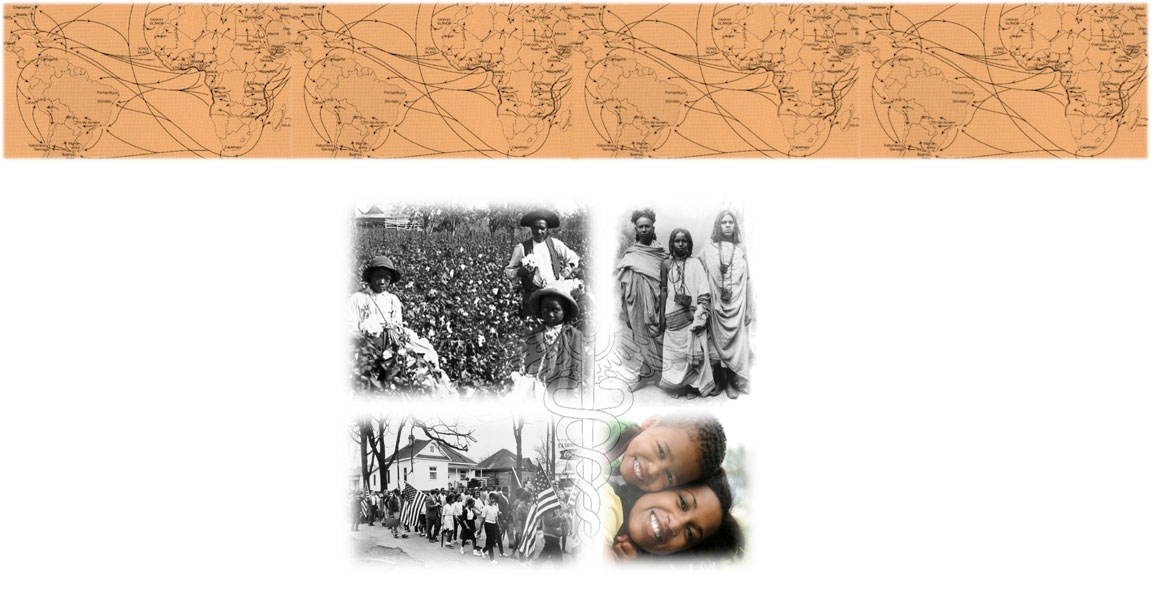
FAMED 525 COURSE DESCRIPTION:
Background:
The purpose of the introductory course FAMED 525 to the Black Health Justice Pathway is to provide an engaging curriculum grounded in anti-racist pedagogy that explores how health disparities that continue to affect Black communities in the U.S. are the result of long-term sequelae of deep-rooted, institutionalized anti Blackness in the U.S. Through analytical frameworks such as, but not limited to, critical race theory and Black feminism, this pathway will provide medical students the foundational knowledge and tools to understand and assess the inequities disproportionately impacting the Black community. Ultimately, this skill set will prime students to collaborate with Black communities throughout the WWAMI region for advocacy and justice efforts, both during their time in medical school and in their future professions. Examples of advocacy and justice efforts include, but are not limited to, increasing the number of students and faculty from historically underrepresented/excluded communities at UWSOM and affiliated institutions, developing and implementing anti-racist curriculums for medical education, and working with community change agents to improve or create policies addressing social determinants of health at various system levels.
Please Note:
In order to receive credit for the course, attendance is required at all sessions, however, students are allowed 2 approved absences. If you must be absent from a session, please send an email message to the teaching assistant, Baraka Gitonga. The class will take place in person and virtually for the WWAMI participants; students who cannot otherwise come to class due to unforeseen circumstances may attend virtually and a link for this will be provided as needed. Class structure will include guest speakers, round table discussions, and opportunities for reflections.
To register for this course (offered every Fall Quarter) please contact:
Holly Kennison, Office of Healthcare Equity
Email: SAL20@uw.edu
